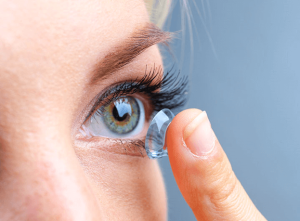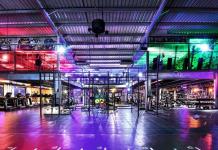Navigating the world of eyeglasses can be a bit overwhelming, especially when it comes to understanding the different types of lenses available and determining which ones are best suited for your vision needs. Progressive lenses, bifocals, and reading glasses are three common solutions that address various vision requirements. In this guide, we’ll delve into the details of each option, helping you make an informed decision for optimal visual comfort and clarity.
1. Progressive Lenses
Progressive lenses, also known as multifocal lenses, provide a seamless transition between different prescriptions, allowing for clear vision at various distances. Unlike bifocals, which have a visible line separating two distinct prescriptions, progressive lenses have a gradual change in power from the top of the lens to the bottom. They typically offer three vision zones:
- Distance Vision: The top portion of the lens is designed for viewing things in the distance, such as road signs or a presentation board during a meeting.
- Intermediate Vision: The middle portion aids in clear vision at intermediate distances, like using a computer or reading a grocery list.
- Near Vision: The bottom part is for close-up tasks, such as reading a book or sending a text message on your phone.
Progressive lenses are a popular choice for those who need a convenient solution to correct presbyopia (age-related difficulty in focusing on close objects) without the noticeable lines of traditional bifocals.
2. Bifocals: Two-Fold Vision Correction
Bifocals are lenses that have two distinct optical powers, separated by a visible line. The top portion of the lens corrects distance vision, while the lower portion is designed for near vision. They are a suitable option for individuals who require vision correction for both distance and close-up tasks.
- Upper Segment (Distance): The upper portion of the lens provides clear vision for activities like driving or watching TV.
- Lower Segment (Near): The lower segment assists with reading or working on tasks that require up-close focus.
Bifocals are a reliable choice for those dealing with presbyopia or other vision issues that affect both near and far vision.
3. Reading Glasses
Reading glasses, as the name suggests, are single-vision lenses specifically designed for close-up work. They provide a fixed prescription for near vision, making tasks like reading, writing, or using a smartphone much clearer and easier.
Reading glasses are a convenient option for individuals who primarily struggle with near vision due to presbyopia. They come in various powers, allowing you to choose the strength that best suits your needs.
Choosing the Right Option for You
Selecting the appropriate eyewear depends on your unique vision requirements and lifestyle. Here are some factors to consider when making a choice:
- Consult an Optometrist: Schedule an eye examination with an optometrist to determine your exact prescription and discuss your specific vision needs.
- Lifestyle and Activities: Consider your daily activities and how often you switch between different distances. If you frequently work on a computer or read extensively, progressive lenses might be the most suitable choice.
- Comfort and Appearance: Evaluate how comfortable you feel with the different lens options and your preference in terms of appearance. Some individuals prefer the seamless look of progressive lenses, while others may not mind the visible line in bifocals.
Conclusion
The differences between progressive lenses, bifocals, and reading glasses empower you to make an informed decision regarding the best eyewear solution for your vision needs. Whether you opt for a seamless transition with progressive lenses, the versatility of bifocals, or the simplicity of reading glasses, the ultimate goal is to enhance your vision and improve your quality of life. Always consult an eye care professional for personalized recommendations tailored to your unique vision requirements. Your optometrist can guide you in choosing the most appropriate eyewear to suit your lifestyle and optimize your visual experience.
Tanning Beds: A Closer Look at Their Impact on Eye Health



